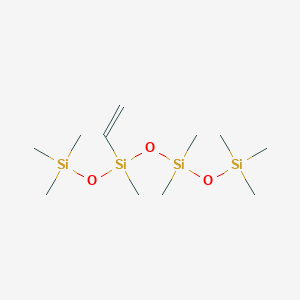Find sigma aldrich 433004 msds related peer reviewed papers technical documents similar products more at sigma aldrich.
Vinyl siloxane polymer.
The synthesis of a series of vinyl substituted silphenylene siloxane polymers of high molecular weight is described.
29si nmr spectroscopy indicates that the polymers possess an exactly alternating microstructure of the silphenylene and siloxane moieties.
Polymers containing boron within the polymer are high temperature oxidatively stable materials.
The materials are completely amorphous with glass transition temperatures between 60 and 86 c.
29si nmr spectroscopy indicates that the polymers possess an exactly alternating microstructure of the silphenylene and siloxane moieties.
Vinyl modified polymer vqm 135 abcr germany were worked into the vinyl component prior to mixing in the hydrosilane component.
It is a viscous liquid that cures solidifies quickly into a rubber like solid taking the shape of whatever surface it was lying against while curing.
Polyvinyl siloxane pvs also called poly vinyl siloxane vinyl polysiloxane vps or vinylpolysiloxane is an addition reaction silicone elastomer an addition silicone.
The synthesis of a series of vinyl substituted silphenylene siloxane polymers of high molecular weight is described.
A siloxane is a functional group in organosilicon chemistry with the si o si linkage.
It has been found that the addition of a carborane within a siloxane polymer significantly increases the thermal stability of such siloxane polymers 33 hybrids of organic and inorganic components made from 1 7 bis chlorotetramethyldisiloxy m carborane 1 3 dichlorotetramethyldisiloxane and 1 4.
The structure of the vinyl siloxane does not appreciably affect the total rate of copolymerization or its reactivity toward a given organic vinyl monomer.
The parent siloxanes include the oligomeric and polymeric hydrides with the formulae h osih 2 n oh and osih 2 n.
Siloxanes also include branched compounds the defining feature of which is that each pair of silicon centres is separated by one oxygen atom.
Vinyl siloxane monomers have comparable reactivities to monomers such as vinyl acetate vinyl chloride and perfluorovinyl chloride but are less reactive than acrylonitrile styrene and n vinylpyrrolidone.

